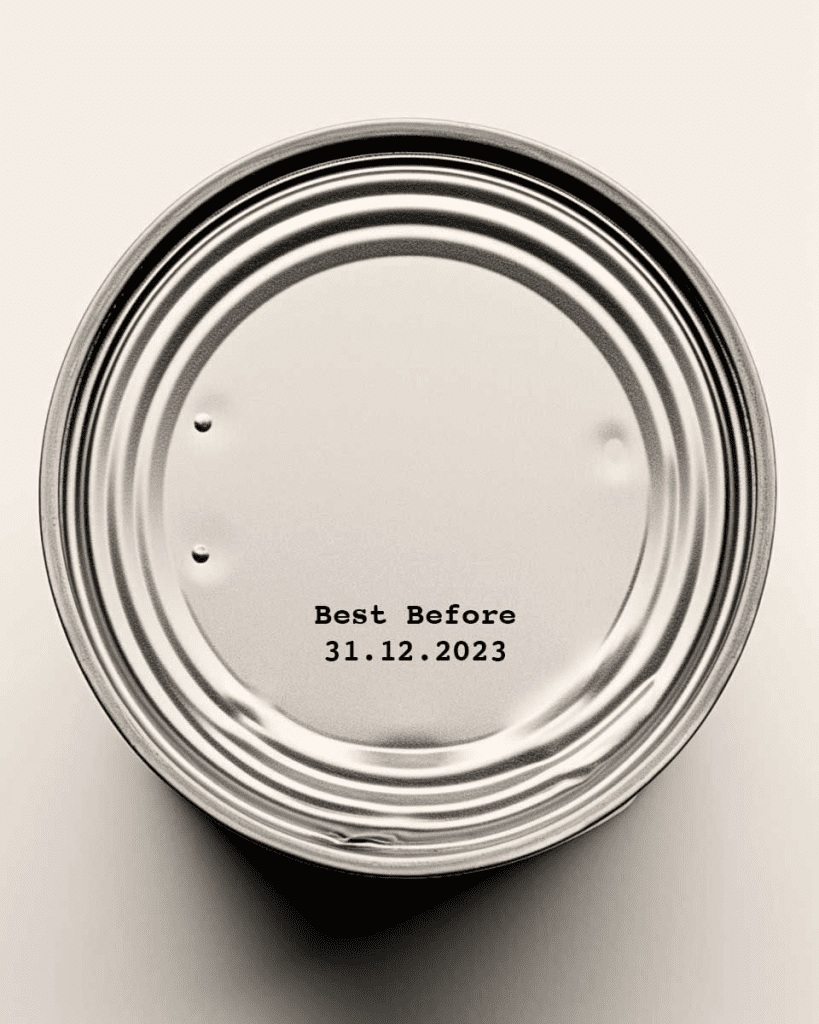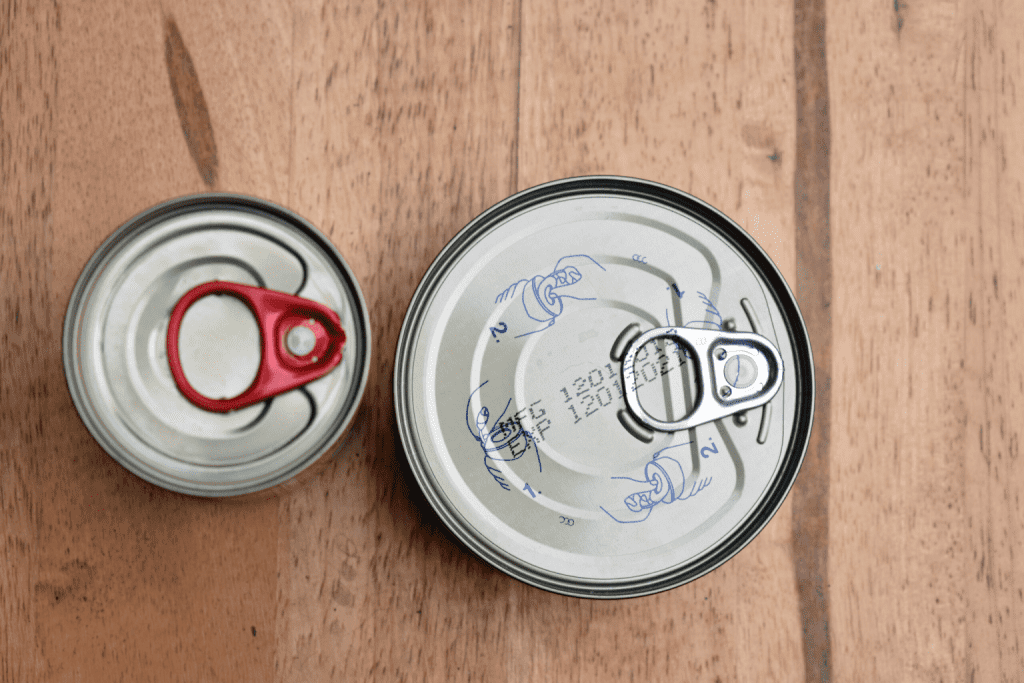When you stroll through the grocery aisles, deciphering the expiration dates on food packaging can feel like cracking a secret code. “Best by,” “sell by,” and “use by” dates—what do they all really mean? Misunderstanding these labels can lead to either tossing perfectly good food or, worse, consuming something that might make you sick. Let’s clear up the confusion once and for all and empower you to make smarter decisions in the kitchen.

What Do Food Expiration Dates Really Mean?
The concept of food expiration dates is primarily about quality, not necessarily safety. The labels tell you when the product is at its peak freshness or when it should be sold or consumed. But it’s essential to note that expiration dates are not uniform—the food industry uses various terms that can mean slightly different things.
Understanding these labels can be your first line of defense against food waste and foodborne illness. Let’s break down the key terms so you can know when it’s safe to keep that yogurt or when it’s time to toss out that bag of salad greens.
The History Behind Food Expiration Dates
Expiration dates have evolved alongside modern food manufacturing. Back in the 20th century, there was no easy way for consumers to know when their groceries might go bad. By the 1970s, pressure from consumer advocates prompted manufacturers to adopt open dating systems. This transparency was meant to provide clarity on when food products were at their freshest, but it also led to a jumble of state laws and voluntary guidelines that continue to cause confusion.
Even though the FDA and USDA have worked to standardize food labeling practices, inconsistencies persist. As a result, consumers are often left to navigate a maze of terms that sound similar but have different implications for food safety and quality.
The Difference Between ‘Best By,’ ‘Use By,’ and ‘Sell By’
These three labels are the most common on food products, and understanding their meaning can save you from unnecessary waste and potential health risks.
- Best If Used By/Before: This label refers to the peak quality of the food product. It’s about freshness and flavor. After this date, your cereal or canned soup might not taste as great, but it’s usually still safe to consume. The quality might dip, but it won’t pose immediate health risks.
- Use By: This date is the last day the product is recommended for use at peak quality, and it’s especially important for perishable items like dairy and meat. Beyond this point, the food may start to spoil and could become unsafe to eat. Keep in mind, this label isn’t as flexible as the “best by” label.
- Sell By: This is mostly meant for the retailer. It tells the store how long to display the product for sale. While not a hard expiration date for consumers, it’s a good guideline for how fresh the product might still be. You can usually eat products after the “sell by” date, but use your judgment—freshness may decline.
How to Know When to Toss Out Your Food
Dates on packaging don’t tell the whole story. Food can spoil before the labeled date if improperly stored or mishandled. So, how do you know when it’s truly time to toss something?
Here’s where your senses come into play. Look, smell, and feel your food. If something seems off—like a bad smell, weird texture, or discoloration—it’s a sign the food has gone bad, no matter what the label says.
- For canned goods: Check for bulging or dents, which can indicate bacterial growth.
- For dairy products: If it smells sour or has curdled, toss it.
- For meats: Slimy textures or an unpleasant odor are red flags.
Storage conditions also matter. If you’ve left milk out of the fridge for too long, its expiration date becomes irrelevant—it’s likely spoiled. Make sure you’re refrigerating or freezing perishable items promptly and following recommended storage guidelines.

The Impact of Expiration Dates on Food Waste
Misunderstanding food expiration dates contributes to massive amounts of food waste. In fact, it’s estimated that around 40% of food in the U.S. goes to waste. Much of this waste occurs because consumers throw out food that is still perfectly safe to eat after misreading or overinterpreting the dates on the packaging.
By having a better grasp of what these labels actually mean, you can significantly reduce your food waste, saving money and helping the environment. Food waste also has economic implications—wasted food equals wasted resources like water, labor, and transportation.
Maximizing Your Food’s Shelf Life
You don’t have to toss out your food just because it’s near its expiration date. Here are some ways to extend the life of your groceries and minimize waste:
- Proper refrigeration: Store perishable items like dairy, meats, and fresh produce in the coldest parts of your fridge to keep them fresh longer.
- Freeze foods: Almost anything can be frozen to prolong its shelf life. Bread, meat, vegetables—store them in airtight containers or freezer bags to avoid freezer burn.
- Plan your meals: By organizing your weekly meals, you can purchase only what you need and avoid buying excess food that might spoil before you get to it.
- Use leftovers creatively: Have some veggies about to go bad? Turn them into a soup or stir-fry. Leftover bread? Make croutons or breadcrumbs.

Tips for Avoiding Foodborne Illness
While expiration dates provide guidance, they don’t guarantee a product is safe to eat. Even if a product is consumed before its “use by” date, improper storage or handling could lead to contamination. To avoid foodborne illness:
- Cook foods to the right temperature: Use a food thermometer to ensure that meats and poultry are cooked thoroughly.
- Avoid cross-contamination: Keep raw meats away from other foods, especially produce, and always clean cutting boards and utensils after use.
- Wash your hands: Before and after handling food, wash your hands thoroughly to prevent the spread of bacteria.
Conclusion
Understanding food expiration dates is key to making informed decisions in your kitchen. They’re guidelines for freshness, not hard and fast rules for safety. Armed with the knowledge of what “best by,” “use by,” and “sell by” dates actually mean, you can confidently navigate your pantry and fridge, cut down on food waste, and keep your household safe from foodborne illness. Trust your senses, store your food properly, and use your judgment—because when it comes to food, dates are helpful, but they’re not everything.


